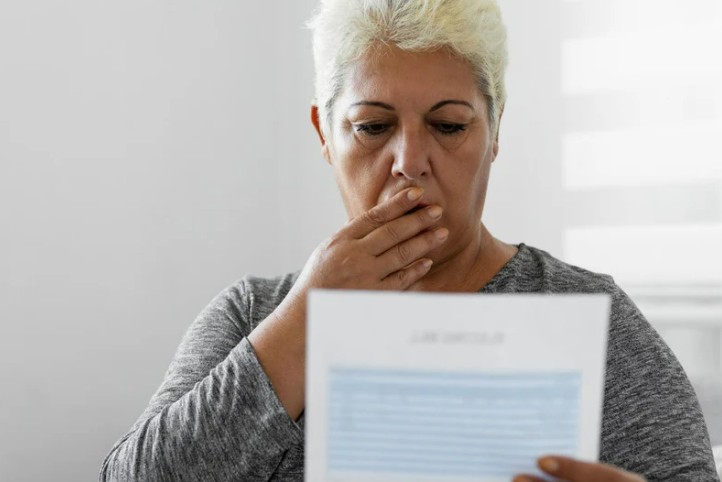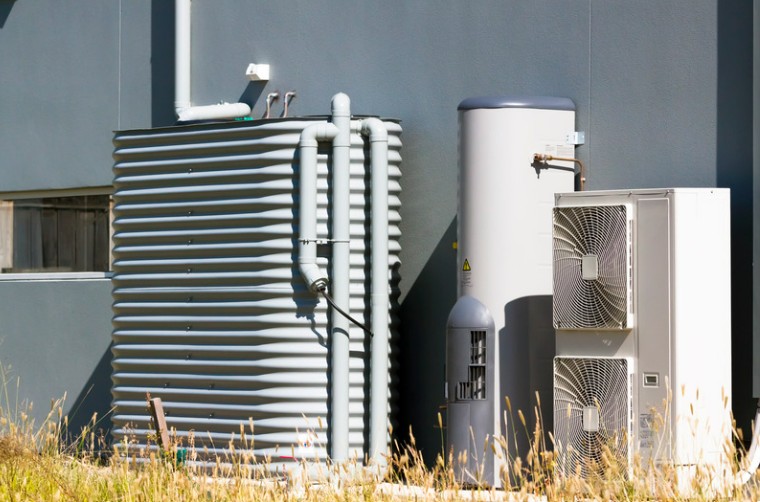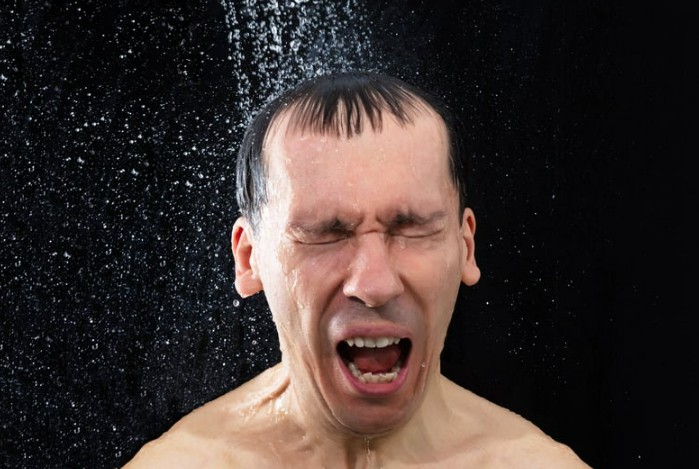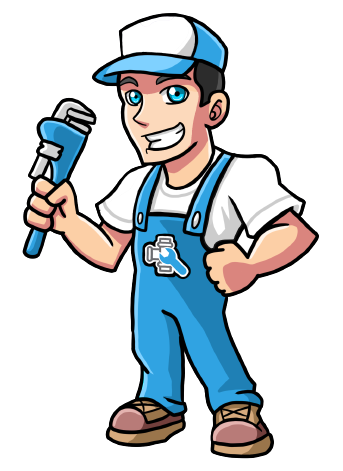Can I Change the Temperature on My Hot Water System?

Ever wondered if adjusting your hot water tempering valve is a DIY job? Unlike some other jobs you can do around the house, tinkering with your hot water system can be dangerous. But with Aussie households spending around 21% of their energy just heating water, adjusting yours could be a way to save some cash. We’ll walk you through Australia’s hot water temperature rules, showing you how tempering valves work and what adjustments you can make yourself. Most importantly, you’ll know exactly when to call in the experts to get the job done right.
Understanding Your Hot Water System Temperature Control
Every hot water system is a little different, so understanding yours is the first step to help you control the temperature better. Even though each system has its own approach to temperature management, they all have to follow strict safety guidelines.
Types of hot water systems: storage vs continuous flow
Australian homes use two main types of hot water systems. Storage systems run on electricity, gas, solar, or heat pump technology to keep heated water ready in an insulated tank. The system’s biggest problem comes from heat escaping through tanks and pipes. Continuous flow systems (also called instant or tankless) heat water when you need it without storing it. The main benefit to these systems is they give you a continuous flow of hot water, only heating what you use as you use it. The trade-off is that, since nothing is being stored, if you ever experience water interruptions or power outages, you’ll have to wait until they’re back to have your next hot shower.
Why temperature control matters
Temperature control makes sure the water stays hot enough to kill bacteria but cool enough to prevent burns. The right temperature settings also help you save energy, since hot water makes up a big chunk of your household energy costs.
Australian Hot Water Temperature Regulations
Australian regulations strike a balance between stopping bacterial growth and preventing scalding risks. There are specific temperature requirements that hot water systems must follow, and safety valves play a vital role in compliance.
60°C storage requirement to prevent Legionella
Australian plumbing laws require water heaters to store hot water at a minimum temperature of 60°C. This stops Legionella bacteria from growing, since they multiply faster in stagnant water when temperatures drop below 60°C.
50°C delivery limit for bathrooms
Even though storage temperatures are higher, hot water must reach outlets at a maximum of 50°C for standard bathrooms. That 10-degree drop keeps you safe from scalding burns, since full-thickness burns happen in just a second at temperatures above 60°C. Those same burns can still happen at 50°C, but it takes around five minutes to develop, reducing the chance of injury after an accidental bump or kids playing with the tap.
45°C limit for high-risk environments
Stricter temperature controls protect vulnerable populations. The maximum delivery temperature allowed is 45°C in:
- Residential parts of aged care buildings
- Patient care areas in healthcare facilities
- Early childhood centres and schools
- Designated available facilities in public buildings
This lower temperature adds protection for people most likely to get scalding injuries.
Kitchen and laundry exceptions
Not all hot water outlets need temperature restrictions. The rules make limiting delivery temperature in kitchens and laundries optional, since hotter water helps clean clothes better and prepare food more effectively. Most homeowners want unrestricted temperatures in these areas to clean things better.
Can You Adjust Your Tempering Valve?
So can you safely adjust your tempering valve to manage your hot water system? Each unique system requires a unique approach, and some adjustments always require a licensed plumber.
How to adjust hot water tempering valve safely
Safety comes first before you make any adjustments. Your water heater needs to be completely turned off. Switch off the circuit breaker for electric models or turn the control knob to “off” for gas models. Your tempering valve sits near your hot water system between cold and hot water lines. You’ll find the adjustment mechanism as a slotted screw, knurled dial, or recessed hex nut.
When DIY is possible and when it’s not
A licensed plumber should handle anything beyond small tweaks. Australian law requires licensed plumbers to handle plumbing work on hot water systems.
How to check if your hot water temperature is correct
Your tempering valve’s proper function needs these checks:
- Run the hot water tap for several minutes
- Use a thermometer to measure the temperature
- Confirm it doesn’t exceed 50°C
When to replace your tempering valve
Watch out for signs like:
- Water temperatures that keep changing (sudden hot or cold changes)
- Your water pressure or flow drops
- The valve shows visible leaks
- Hot water taps make strange noises
- Hot taps drip even when turned off
Your temperature valve can last up to 8 years, but if you’re having problems, give us a call. Our team can diagnose faults and get your showers back to a comfortable temperature.
When To Call the Experts
Here’s what you need to know about getting expert help.
Tasks that require a plumber
Australian law requires licensed plumbers to handle several vital tasks. These include installing, replacing, and adjusting tempering valves. The law doesn’t allow anyone without a licence to adjust the internal temperature of electric hot water heaters set at 70°C. Any DIY attempts could void your warranty or, worse, create a dangerous situation.
Risks of incorrect adjustments
Tampering with hot water systems can be dangerous. Your system might get damaged or create the perfect conditions for bacteria to grow, not to mention the risk of injury from scalding burns.
Get Professional Hot Water Temperature Service Today
Your family’s safety should be your top priority when you think over changes to your hot water system. While some small tempering valve adjustments are DIY-friendly, most hot water system changes need professional expertise. At Parker Plumbing, we’ll help you set the right temperature and keep your system compliant. Our experts also know how to spot problems before they get pricey, pinpointing the source and providing a clear solution to get your system back on track. Give us a call to take control of your hot water system.
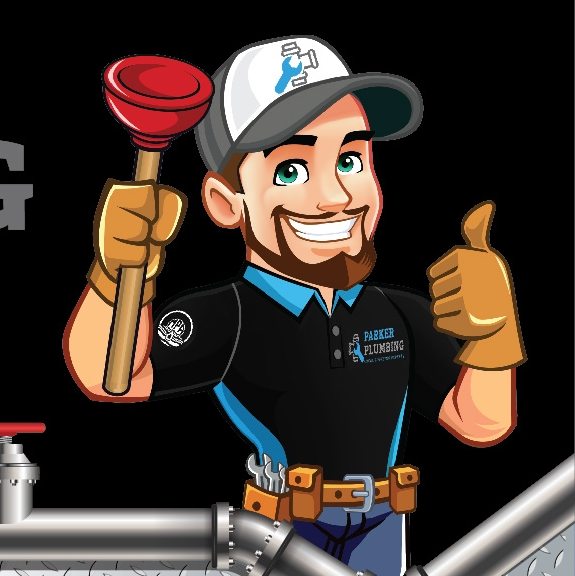
Dan Parker is the Director of Parker Plumbing and has over 16+ years of experience in the plumbing industry. His commitment to providing exceptional customer service means that he has seen it all – anything to do with residential or commercial plumbing, he knows what to do. Passionate about helping people in his community, Dan strives to offer honest and reliable plumbing services in the Brisbane and Ipswich areas.
